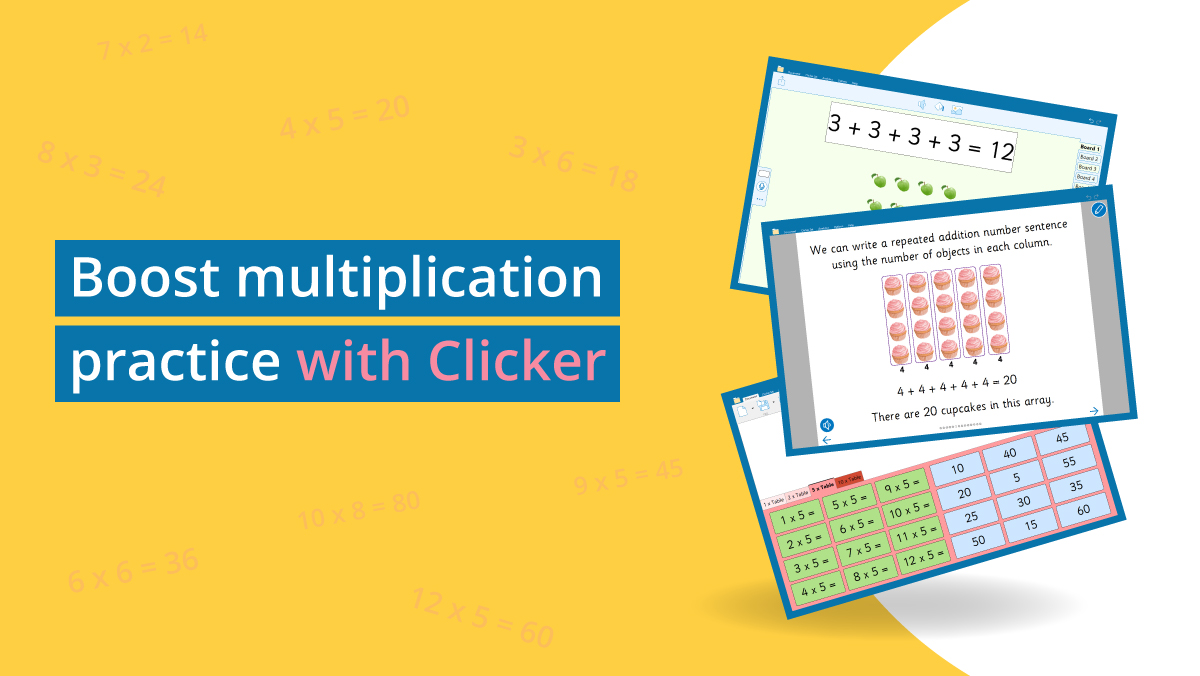We have always had children in our classrooms that we understood to be "worriers"; those who were reluctant to engage, participate fully, or show their feelings openly. Alternatively, they might present with avoidance behaviors during the school day, perhaps even to the extent of the child having poor or patchy attendance. It is often the case that robust behaviors that appear as aggressive, intentional, and defiant also have at their root, when examined, anxiety. Many behavior management protocols have as their baseline the need to ensure that children feel safe, secure, and have a shared, understood structure to work within.
As we move towards a greater understanding of the effects that anxiety can have on our physiological, psychological, and social well-being, we see that many of the "difficult" behaviors experienced in a busy classroom can have the same origin.
Ken Schuster, Psy.D., a neurologist and former teacher, offers this useful image: anxiety "tends to lock up the brain," making school hard for anxious kids.
The concept of the brain "locking up" describes so clearly the difficulty faced by educators when trying to engage with children who have reached this point. Talking, explaining, and questioning all fail as the brain is not in receive mode. The child reverts to basic fight or flight instincts, and traditional techniques to explore the causes fail because they are usually language-based or reliant on rewards or consequences for actions, which are not able to be dealt with while the brain is "locked up."
Much of the school day is linguistically based as that is our major medium for communication and engagement with learning. So, speaking, listening, reading and writing form our educational baseline. It is interesting to look at the relationship between these modes of learning and anxiety; in particular, how can we support the anxious learner who finds such activities intimidating in some way?
Children can be reluctant to write for many reasons. It may be the case that they have a diagnosed barrier to learning via traditional methods such as dyslexia or ADHD, with anxiety stemming from the impact those diagnoses have on the child. However, a diagnosis is not necessarily needed for a concern to be identified and for support to be made available. Acting early and providing effective support will inevitably reduce anxiety and allow the child to develop and learn with greater freedom and ease.
Many children feel that the very act of putting something on paper will lead to being judged. They are correct, of course, as their work is assessed and graded once produced. Many of these students will avoid writing altogether using a wide range of tactics, and not always intentionally. Frequently, these are just a learned response that they believe to be true:
“I can’t write…”
“I am stupid…”
Some have immense difficulty holding a pen or pencil and creating writing that can be read back, by themselves or others. Rather than expose their difficulties, they worry and avoid. Some will always pick an easier word to use rather than the word or phrase they have in mind as they feel confident that the easier word will be spelled correctly. Some start well, but struggle with organization of thought and quickly forget what they intended to include and in what order. Some start, but as soon as they hit a simple barrier, for example being unsure of what to write next or being unable to re-read their work to check what they have already covered, will stop abruptly.
I find that the layers of support and structure offered by Clicker can help in many cases where the anxiety about reading and writing causes a barrier for the child.
Worry? |
Try... |
|
Knowing where to start |
Clicker Boards |
|
Spelling |
Word predictor |
|
Organization and sequencing ideas |
Clicker Boards |
|
Checking work |
Text to Speech output |
|
Illegible handwriting |
Clear print handout |
|
Restricted vocabulary |
Grids populated with student’s personalized vocabulary |
|
Unsure about range of task |
Clear, structured working environment which is predictable and consistent |
|
Inadequacy |
Output is clear, easy to read, and "looks good" |
|
Accessibility |
Multisensory |
The anxious child/reluctant writer can present in so many ways; from the quiet child who hopes to pass unnoticed during the lesson by giving the appearance of working, to the overt, defiant, and destructive behavior of a child who challenges the very notion that they should engage with the task at all. Effective technology that can be used by the child as they write means that many worries intrinsic to the writing process can be supported, thus causing a reduction in perceived pressure and an improved output and outlook. Pride in the work produced adds impetus to the next task as confidence can be steadily built up.
Surely everyone deserves to feel that their efforts are valued and valuable?
Carol Allen is an Education Advisor specializing in Technology and Inclusion, having taught in both mainstream schools and schools for students with severe, profound, and multiple learning difficulties.





